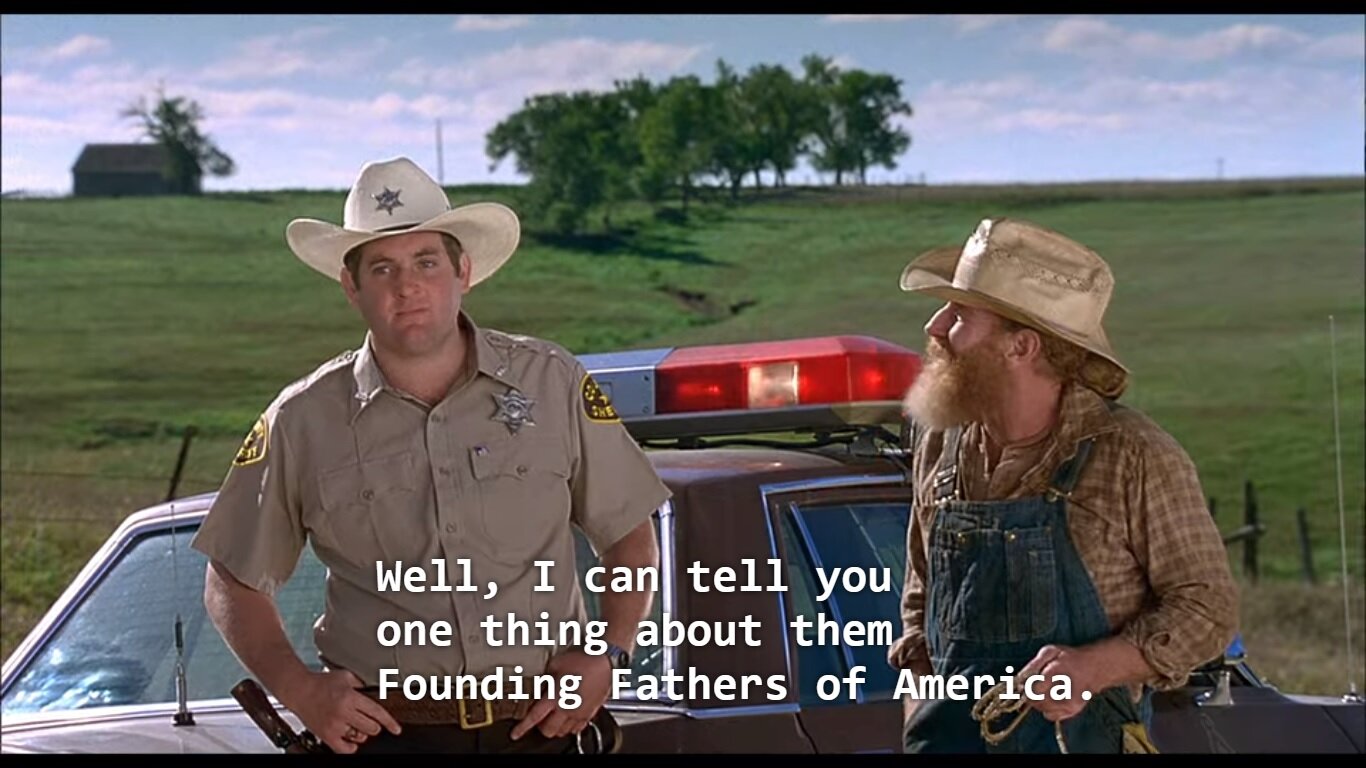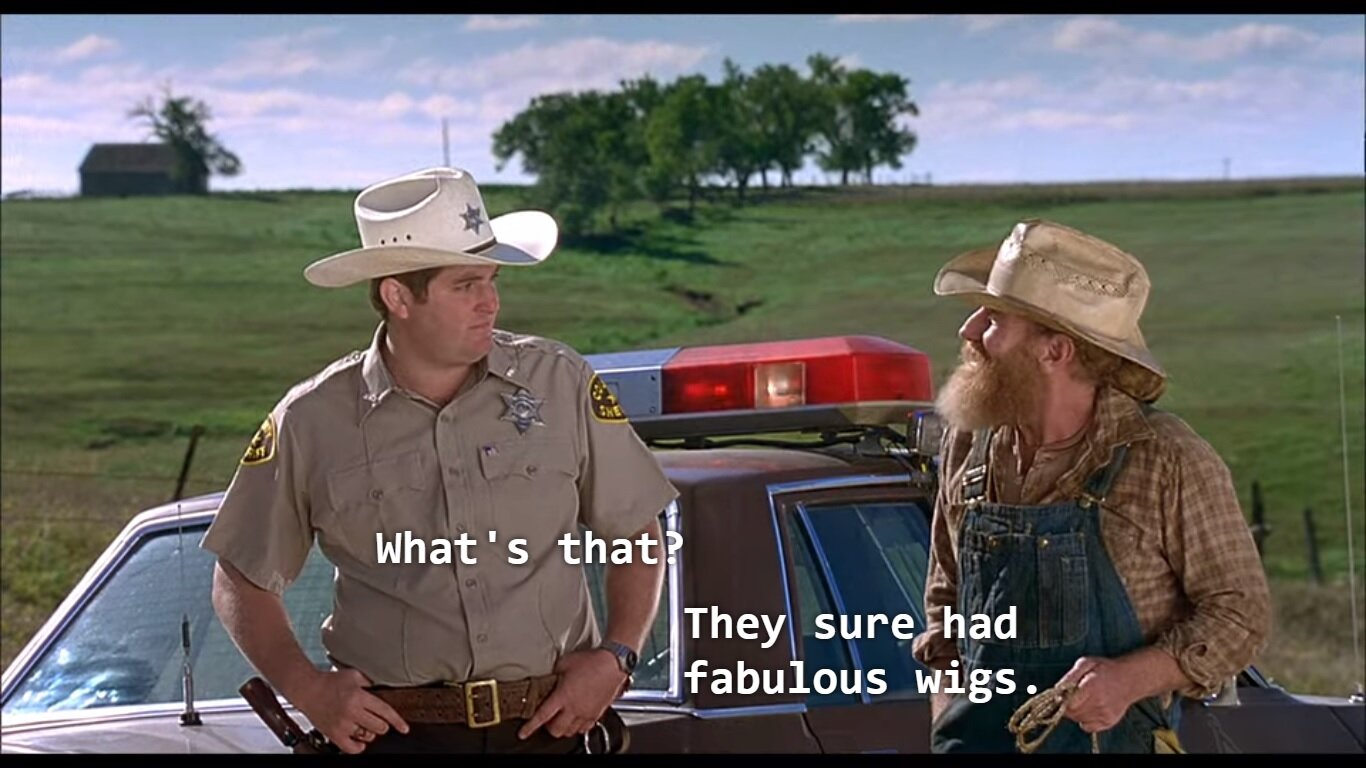Screenshot
By Andrea Thompson
To say that Deepa Mehta’s film caused a stir when it was released in her home country of India in 1996 is an understatement. It was the first mainstream film in the country to depict a lesbian relationship, and the response was explosive. Conservatives practically foamed at the mouth to denounce it, and crowds of protestors attacked theaters where it screened.
There was certainly much to provoke. “Fire” isn’t just a film about two women falling in love, it’s about the various ways women are exploited in a home environment which is enabled by the staunch traditionalism outside of it. Yet a few still manage to take their power back and find happiness, even as some remain complicit.
Conservatives, however, are very right to fear modernity, as Radha (Shabana Azmi) and Sita (Nandita Das) have a hell of a lot more choices than their cinematic predecessors. Much like the women who embrace queer love in “Portrait of a Lady on Fire” and “The Handmaiden,” they fall for each other not exactly because they identify as queer (which doesn’t seem like much of an option for them anyway), but rather, in the sense that they are able to find freedom and understanding only with each other in their stifling patriarchal surroundings.
Sita and Radha actually have more in common with Carol and Therese of “Carol,” and Wil and Vivian of “Saving Face,” and it’s directly related to its more contemporary 90s setting. If their love stories have a common thread in settings hell-bent on heteronormativity, there are still far more options than the far too fleeting, isolated feminist utopia of “Portrait.”
That said, Sita and Radha probably never would have connected if not for one of the most traditional structures in existence-marriage. Mere days into Sita’s arranged marriage with Jatin (Javed Jaffrey), she’s already feeling the pain of his cold indifference, exacerbated by the rigid expectations of her new home, where she is expected to serve not only her new husband, but his mute and paralyzed mother Biji (Kushal Rekhi), who is also subject to perverse exploitation by the family servant Mundu (Ranjit Chowdhry), but nevertheless rigidly helps to enforce conservative standards of behavior and dress.
Sita’s consolation is her older sister-in-law Radha, who is unable to bear children and likewise suffers from the emotional abuse doled out by her pious husband Ashok (Kulbhushan Kharbanda), who has fallen under the sway of a local religious leader and believes that desire is the root cause of all unhappiness. To prove his devotion to self-control, he has refused to have sex with Radha for 13 years, and whenever he feels the urge, has her lie motionless next to him while he refuses all touch.
It’s an excruciating way to live, and Radha has resigned herself to it until the younger, more rebellious Sita joins the household. Sita quickly realizes that her husband Jatin would much rather spend nights with his Chinese mistress Julie (Alice Poon), but her pain fades as she and Radha form a close friendship that quickly blossoms into a connection that’s as emotional as it is physical. And neither much bothers with what the men around them think. After they consummate their relationship, Radha is quick to reassure the more forward Sita that they’ve done nothing wrong, and they refuse to put a stop to their affair, which they’re essentially having in plain sight.
When they are discovered, as we know they will be sooner or later, “Fire” only reserves the last fifteen minutes to others’ reactions, and perhaps that might be the biggest insult of all to those who opposed this film and its empowering message. “Fire” never shies away from painful realities, but the emphasis is always on life, and the right to defy those who would try to deprive others of it. It’s a dangerous message for those who insist on adhering to a rigid code at the expense of all else, and that it involves a tender love story between two women might just represent the greatest threat of all.







